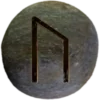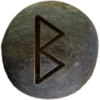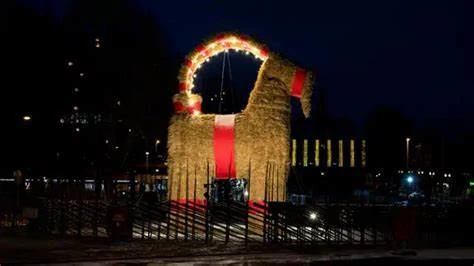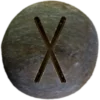Last Updated on December 3, 2024
Table of Contents


The Yule Goat, known as Julbocken (pronounced YOOL-bohk-ken) in Swedish and Julebukk (pronounced YOO-leh-book) in Norwegian, holds deep Scandinavian roots. This festive symbol connects to ancient agricultural and fertility customs. Some regions also spell it Yulebok or simply call it the Christmas Goat.
In its earliest form, the Yule Goat have ties to Thor, the Norse god of thunder. Thor’s chariot, pulled by magical goats Tanngrisnir (pronounced TAN-gris-neer) and Tanngnjóstr (pronounced TAN-nyos-ter), inspired the association. These goats could be eaten and resurrected, emphasizing renewal and life cycles. Over time, the goat evolved into a guardian of the Yule season, ensuring prosperity and warding off evil.
Traditional Yule Goats were made from straw tied with red ribbons. These ornaments, still popular, decorate homes and Christmas trees across Scandinavia. Some areas construct large straw goats as community displays. The famous Gävle Goat in Sweden has become a global symbol of the tradition.

Yule Goat customs once involved masquerades, where young men dressed as goats and visited homes. They performed songs or antics to earn food or drink. This practice echoes similar traditions like Julebukking. Today, the Yule Goat remains a festive icon, blending pre-Christian symbols with modern holiday celebrations. Its enduring presence reminds people of seasonal generosity, renewal, and community.
Elder Futhark Runes Linked to the Yule Goat
The runes Ūruz (ᚢ) and Berkanan (ᛒ) connect to the Yule Goat’s symbolism. Ūruz (pronounced OO-rooz) represents strength, vitality, and endurance, reflecting the goat’s protective and regenerative qualities. ![]()
Berkanan (pronounced BAIR-kah-nahn) signifies fertility, growth, and new beginnings, aligning with the Yule Goat’s ties to renewal and prosperity. Together, these runes reflect the goat’s role in supporting life cycles and abundance.
Importance to Asatruar
For Asatruar, the Yule Goat symbolizes resilience, fertility, and ancestral connections. It represents Thor’s goats and the cyclical nature of life.
The goat plays a central role in Yule celebrations, where its image inspires blessings for the coming year. Many Asatruar incorporate rituals honoring Thor or weaving straw goats into seasonal offerings. Celebrating the Yule Goat strengthens ties to the gods, ancestors, and natural cycles. Through these practices, Asatruar honor tradition while embracing community and abundance during the sacred Yule season.

